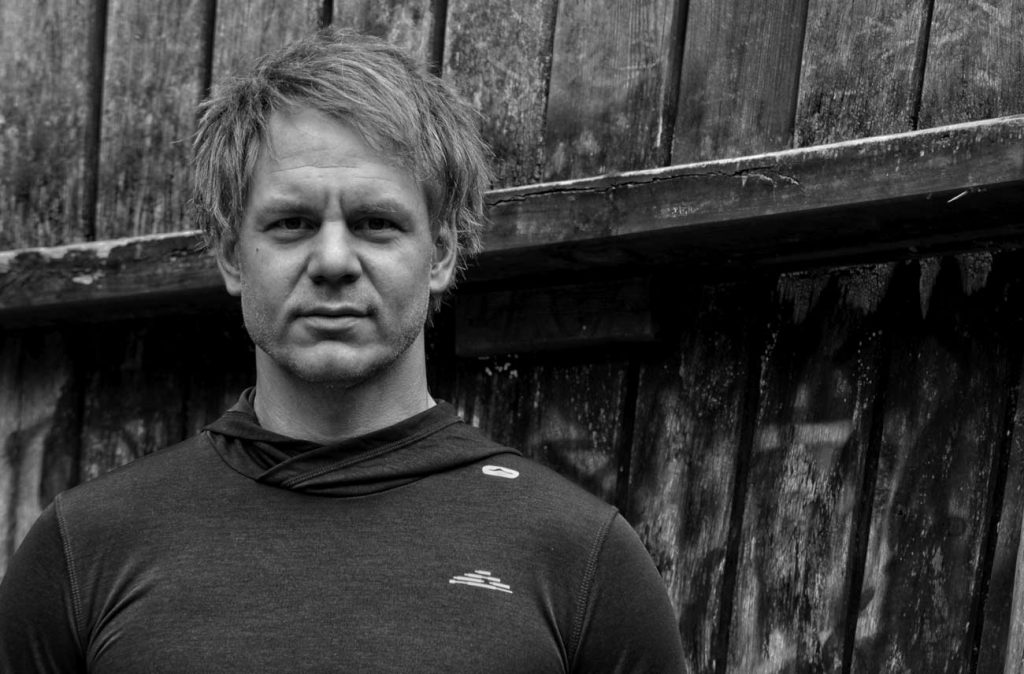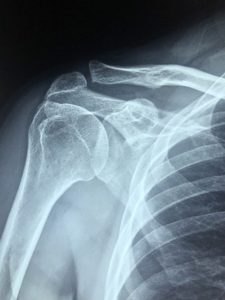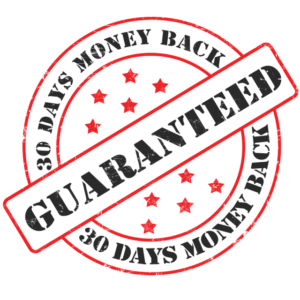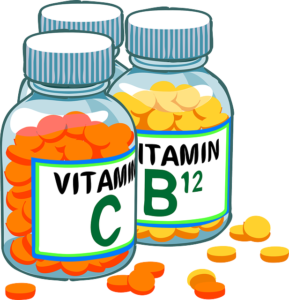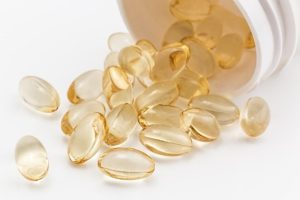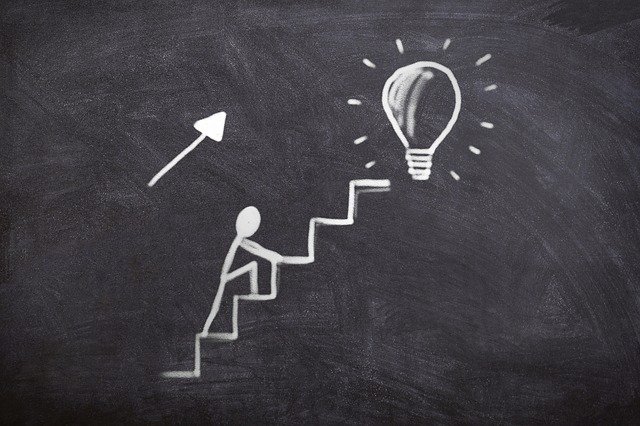The pain relieving expert is again asked about pelvic obliquity: A week ago, you explained the causes, because I have had the feeling for some time that one leg is longer than the other. And I constantly have new movement restrictions, sometimes pain. My doctor recommended insoles. Today you wanted to say something about the insoles and the treatment approaches.
“Because of the tilted pelvis, the leg, which is too short, only gives the impression that it is too short. In fact, in most cases the legs are the same length on the right and left side – apart from the normal deviations. Therefore, in my opinion, hip and back pain is not a direct result of a shortened leg or a crooked posture. I believe that there is too much tension in the muscles and fasciae.”
These cause the pain. How can that be?
“Everywhere in the periosteum there are special receptors through which the body measures tension and tensile forces in the brain. If the registered values exceed a certain level, the body intervenes. A pain is then sent to exactly the point where joints are threatened.”
The insole I should wear? Does it make sense?
“In my opinion, it does not treat the cause, only the symptom. The muscular-fascial tension remains. I believe that much of what artificially supports the body, makes the body dependent on it and weakens it permanently. When muscles and fasciae notice the relief, areas that are weakened anyway start to deteriorate even more. The body merely saves energy. As a result, shortenings and unhealthy postures are literally concreted over, and sometimes new ones are added. In the end it is your decision. “
And your treatment approaches?
“If the problem is functional, that is, the structure is not the problem, it makes sense to solve the functional problem. Because that is usually the cause, in 90%. So the solution is to bring the femoral head back into the normal position. Once it is aligned again, the body can first repair the pelvic obliquity and then stop the pain. Because the functional incorrect tension has been regulated, this switching of the pain is no longer necessary. I would be happy to show you how this is very easily possible.”
-To get an overall picture, have a look at the first part of this topic from a week ago.-


